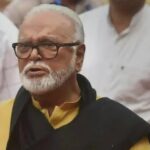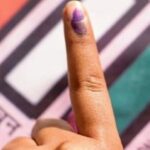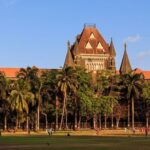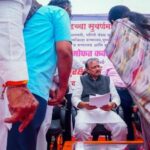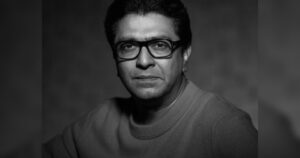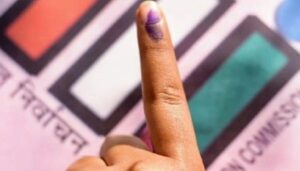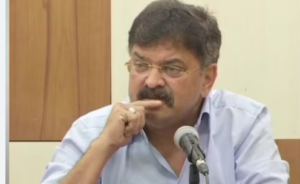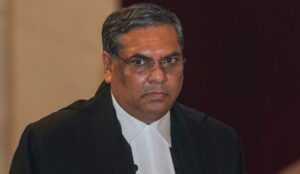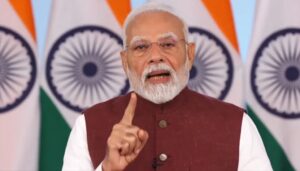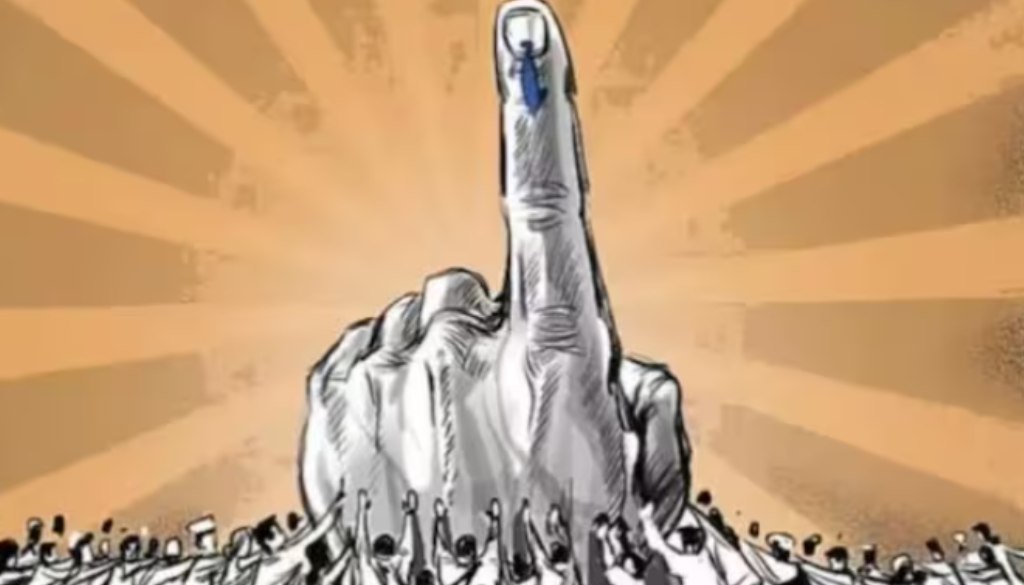
Delhi Assembly Elections: Aam Aadmi Party, Bharatiya Janata Party and Indian National Congress Set for Crucial Battle
New Delhi, 7th January 2025: With Delhi’s Assembly elections scheduled for February 5 and the results expected three days later, the upcoming polls are crucial for the three main political players: the ruling Aam Aadmi Party (AAP), its primary opponent the Bharatiya Janata Party (BJP), and the Congress, which was once the dominant force in the national capital.
This high-stakes election follows the BJP’s disappointing performance in last year’s Lok Sabha elections and its unexpected successes in Haryana and Maharashtra’s Assembly elections. The battle is not only about political power but also the reputations of both Arvind Kejriwal, the former Delhi Chief Minister, and Prime Minister Narendra Modi. AAP faces its most challenging election yet, while the BJP is eager to regain control after over two decades. Meanwhile, Congress hopes for a miracle to revive the party after being eclipsed by AAP a decade ago.
AAP, which emerged from an anti-corruption movement, made a powerful debut in Delhi in 2013 by securing 28 out of 70 seats. Two years later, it achieved an overwhelming victory with 67 seats, leaving only three for the BJP and none for Congress. Though its seat tally dropped to 62 in 2020, AAP still maintained a significant 53.57% vote share.
However, AAP, once seen as a symbol of change, is now facing allegations of corruption. Kejriwal was jailed for six months in connection with the Delhi excise policy case, along with former Deputy CM Manish Sisodia, who spent over 17 months behind bars. Other members, including Satyender Jain and Sanjay Singh, have also been arrested.
AAP has dominated Delhi’s political scene since 2015 and expanded its reach to Punjab in 2022. The party’s welfare-focused policies, including mohalla clinics, improvements to government schools, and subsidies on power and water, have earned significant support among the poor and lower middle class. This “Delhi model” of governance has helped AAP gain traction, particularly among the communities that once supported Congress.
However, with the BJP focusing on corruption allegations and Kejriwal’s lavish CM residence renovations, AAP now finds itself on the defensive. Despite this, AAP remains confident that its welfare model and narrative of central government interference through the Lieutenant Governor will resonate with voters. The party’s ground game is also strong, with workers actively engaging the public and promoting government schemes.
In the 2020 elections, AAP secured a commanding 53.57% of the vote, 15 percentage points ahead of the BJP, which had its best showing in two decades. For the BJP to challenge AAP, it must overcome this significant vote share gap. This election also carries weight for the Opposition INDIA bloc, as AAP is the only member with a governing presence in multiple states. A third consecutive victory for AAP would elevate Kejriwal’s stature within the bloc, while a loss could relieve Congress.
Delhi remains the only major state in North India where the BJP has not been in power for the past two decades. However, the BJP has consistently maintained a solid voter base, with its vote share never dropping below 32% in six Assembly elections since 1998. Even in 2015, when AAP claimed a historic victory, BJP still garnered over 32% of the vote share. In 2020, BJP’s vote share rose to 38.51%, despite AAP winning overwhelmingly.
The BJP’s hope lies in its strong showing in Delhi’s Lok Sabha elections since 2014, where it has won all seven seats. Despite a series of setbacks in the Assembly elections, the BJP remains confident in its support among the upper middle class, the trading community, and Purvanchali voters. The party is now working to expand its reach to the lower middle class, Dalits, and the poor.
Under Modi’s leadership, the BJP’s campaign is poised to directly challenge AAP’s welfare model. Modi’s speeches have focused on contrasting his government’s efficiency with AAP’s governance, appealing to those benefiting from AAP’s schemes, such as free power and water. BJP is also attempting to break AAP’s hold over slum dwellers and lower-income groups.
Having rebounded from setbacks in Haryana and Maharashtra, the BJP aims to extend its winning streak by securing a victory in Delhi, a crucial blow to the Opposition.
The Congress party’s journey in Delhi has been a tale of dramatic rise and fall. In 1998, it won 52 out of 70 seats, led by Sheila Dikshit, who served as Chief Minister for 15 years. However, by 2013, Congress was reduced to just eight seats, and in 2015, it failed to win a single seat. Its fortunes further plummeted in 2020, when it secured a meagre 4.26% of the vote, with 63 of its 66 candidates forfeiting their deposits.
Once a formidable force in Delhi with a strong organizational structure, the Congress now lacks a credible face and struggles to retain support. Despite efforts to revive its fortunes, even the Muslim community, traditionally loyal to Congress, now tends to favour AAP due to its strong anti-BJP stance.
Congress faces internal confusion regarding its strategy, with some leaders reluctant to target Kejriwal directly, despite his increasing prominence. A proposed press conference targeting Kejriwal was cancelled, reflecting the leadership’s hesitation to confront AAP head-on.
As Congress faces further setbacks in Haryana and Maharashtra, it will need a miracle to make a significant impact in Delhi’s upcoming election.





